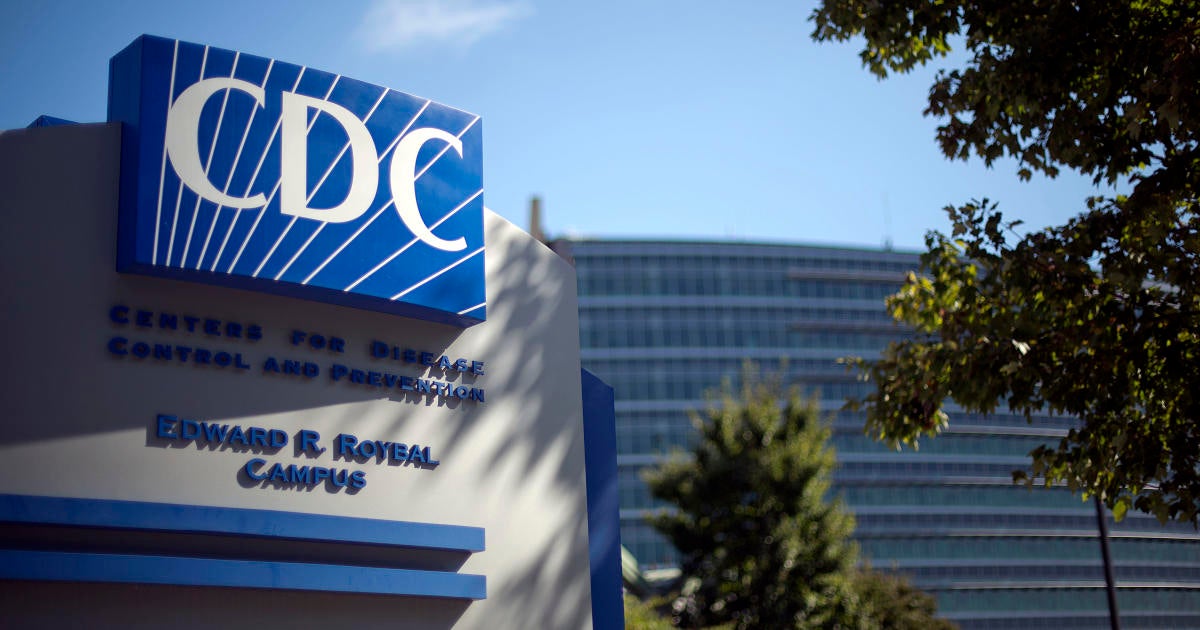Breaking: CDC Silences Global Health Communication, Blocks WHO Dialogue

In a significant move reflecting the Trump administration's stance on international health organizations, the Centers for Disease Control and Prevention (CDC) was directed to suspend its communications with the World Health Organization (WHO). This directive was a direct result of President Trump's executive order, signaling a dramatic shift in the United States' approach to global health cooperation.
The unprecedented communication halt underscores the growing tensions between the U.S. government and the international health body, highlighting the complex political landscape surrounding global health policy. By implementing this order, the administration demonstrated its commitment to challenging existing international health communication protocols and asserting a more unilateral approach to global health management.
The decision has raised numerous questions about the potential implications for international disease tracking, pandemic response, and global health collaboration. Experts and health professionals continue to debate the potential consequences of such a communication breakdown between two critical public health institutions.
